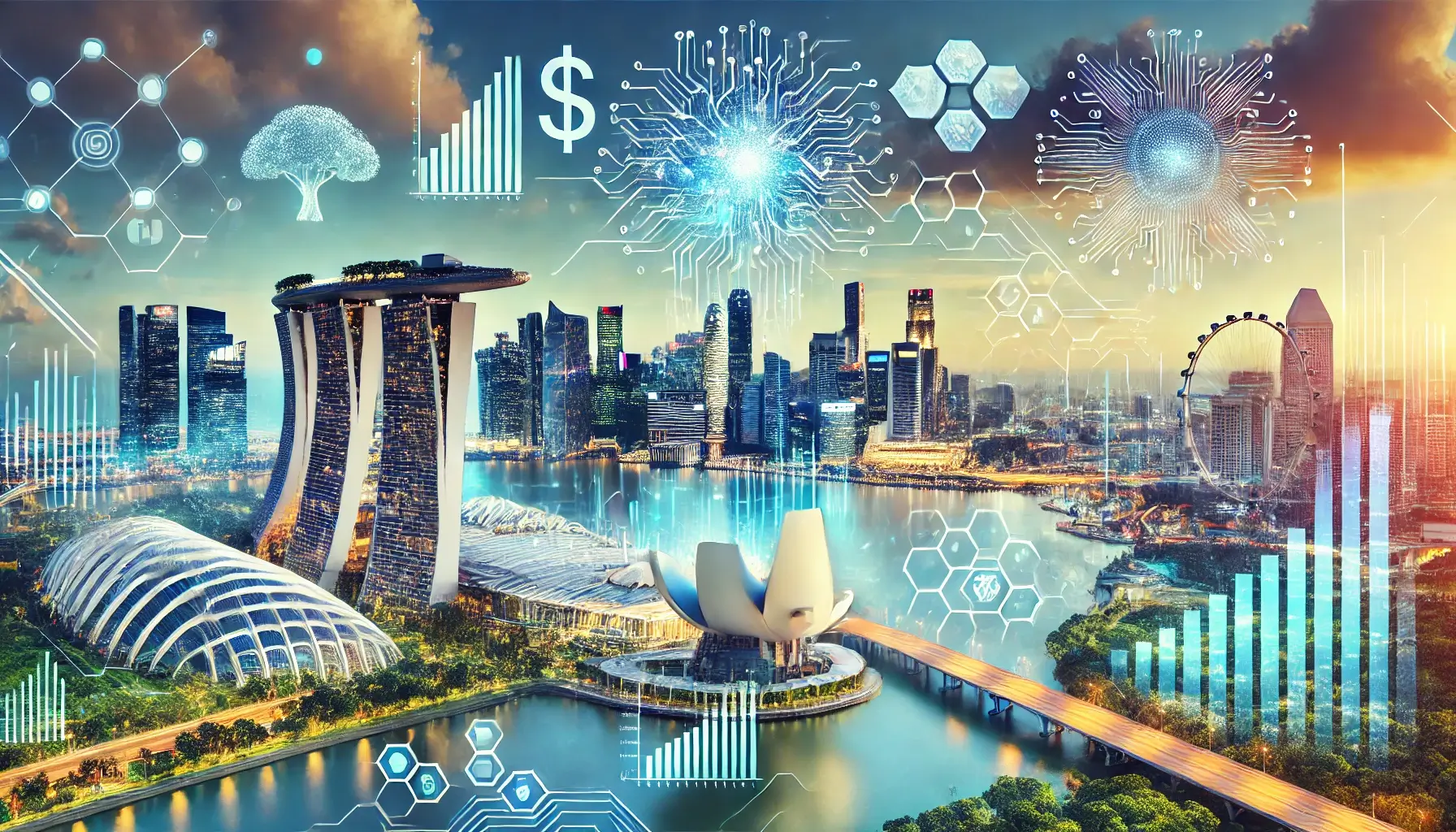Cryptocurrency liquidations have spiked dramatically, with total liquidations hitting $292.22 million as the global cryptocurrency market cap fell by 3.6%, dipping below the $2.5 trillion threshold. This downturn reflects broader market instability, which has seen a significant 92.5% increase in liquidations in the last 24 hours, according to data from Coinglass.
A vast majority of these liquidations, approximately $259.7 million or 89%, were from long positions, with the remaining $32.5 million stemming from short positions. Ethereum led the liquidation volumes with $101.6 million—$97.5 million from longs and $4.1 million from shorts. Bitcoin followed closely, registering $83.3 million in liquidations over the past day, split between $71.5 million in longs and $11.7 million in shorts.
The largest single liquidation event occurred on Binance, the top crypto exchange by trading volume, involving an $11.78 million transaction in the BTC/USDT trading pair. This event underlines the significant risks present in the current volatile market environment.
CoinGecko data indicates that the total cryptocurrency market capitalization has decreased to $2.42 trillion, marking a significant retreat from a local high of $2.55 trillion recorded at 15:00 UTC on July 24. Bitcoin and Ethereum have particularly felt the market’s chill, with Bitcoin dropping from a daily high of $67,110 to approximately $64,100, and Ethereum plunging by 8.1%, now trading at $3,160.
This steep decline in Ethereum’s value coincided with net outflows of $133.3 million from spot ETH ETFs in the U.S. on their second day of trading, reflecting investor apprehension.
As a consequence of these rapid liquidations, the total open interest in the cryptocurrency market has also decreased by 4%, currently standing at about $63.6 billion. This reduction in open interest may lead to a decrease in market-wide volatility and potentially fewer liquidations moving forward.
Source: Crypto liquidations reach $292m, global market cap falls 3.6%


.png)

.png)


.png)









